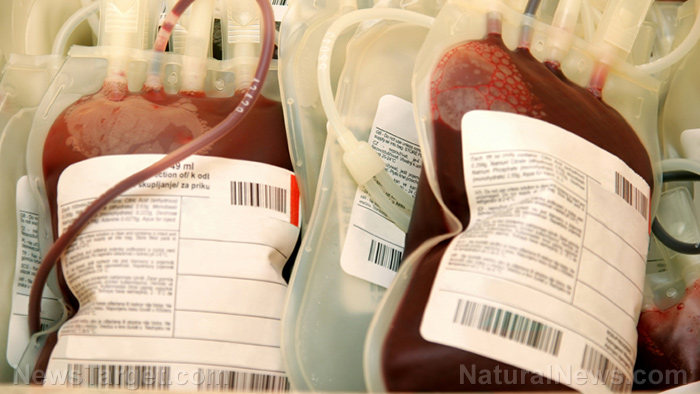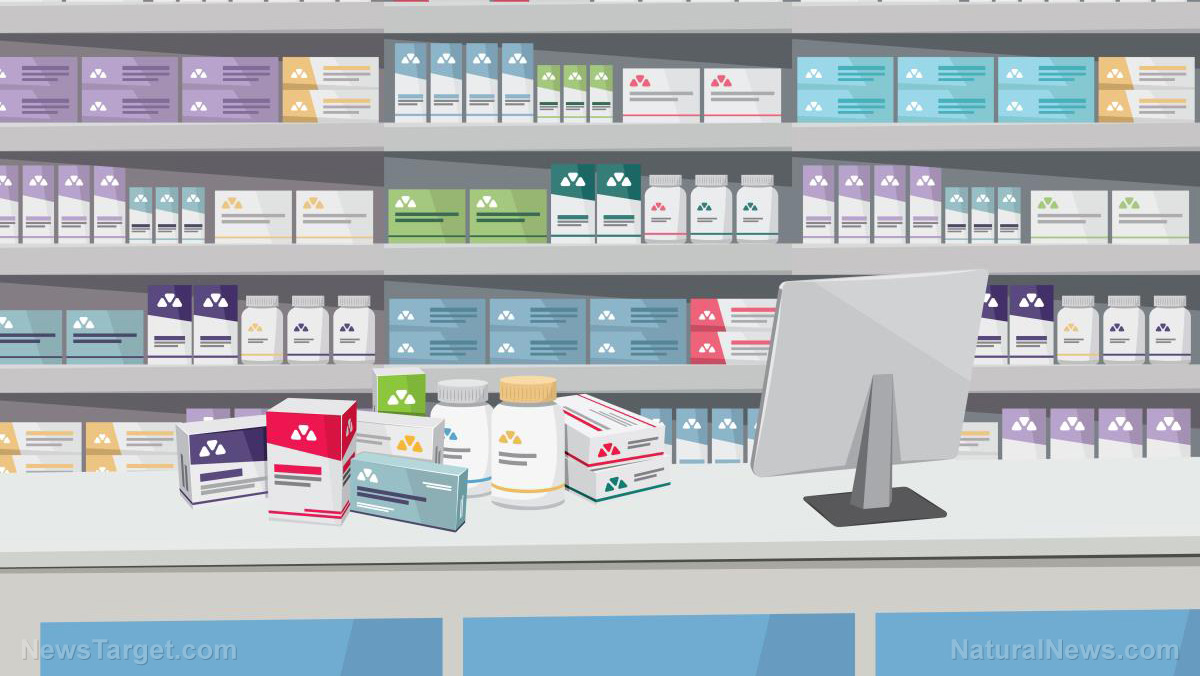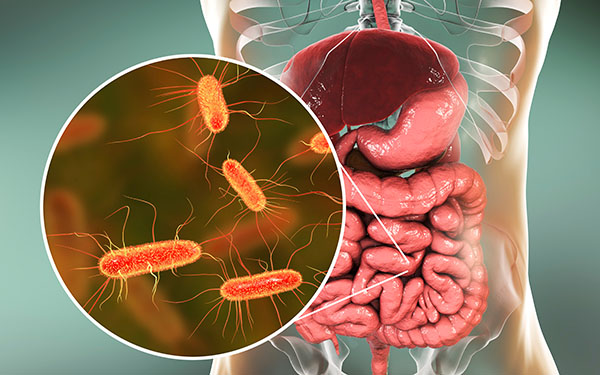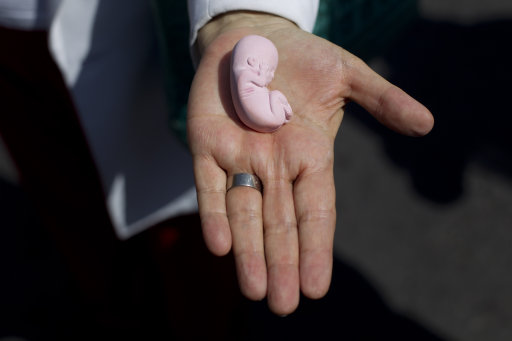A new era in regulating “forever chemicals”: EPA’s PFAS crackdown and the rise of sustainable alternatives
07/06/2025 / By Willow Tohi
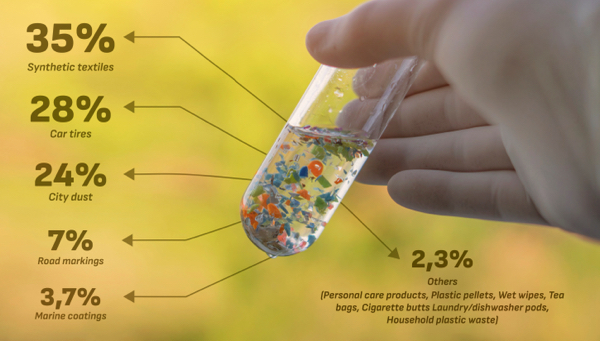
- EPA orders Inhance Technologies to halt production of PFAS-laden plastic containers, citing health risks.
- Scientists develop fluorine-free polymer offering eco-friendly alternatives for electronics and food packaging.
- PFAS exposure tied to cancer, cardiovascular disease and global economic costs of €16 trillion annually.
- EU to ban PFAS in food packaging by 2026, with U.S. states leading regional restrictions.
- Innovations like seaweed-based packaging solutions are gaining traction to replace toxic materials.
The U.S. Environmental Protection Agency (EPA) has ordered Inhance Technologies, a major manufacturer of plastic containers, to stop producing packaging laced with PFAS—or per- and polyfluoroalkyl substances—the so-called “forever chemicals” linked to severe health and environmental harm. This action follows growing evidence that PFAS, commonly used to make packaging grease-resistant, leach into food, contaminate ecosystems and accumulate in human bodies. The EPA’s move has intensified debates over whether regulators are finally prioritizing public health over industry interests. Concurrently, breakthroughs in fluorine-free materials, such as a new ferroelectric polymer from Case Western Reserve University, offer hopes for safer, sustainable alternatives.
The EPA’s PFAS policy shift: A long time coming?
The EPA’s directive, announced on February 6, 2025, targets Inhance Technologies, whose plastic containers, often used in fast food and takeout, were found to contain PFAS. These chemicals, called “forever” because they persist in the environment and human bodies, have been tied to cancer, immune disorders and organ damage in numerous studies. The agency’s sudden crackdown follows years of criticism from environmental groups, which argue the EPA delayed stricter PFAS regulations under industry pressure.
“This is a critical step, but it’s only the beginning,” said Olga Naidenko, senior science advisor at the Environmental Working Group. “The EPA must now focus on a full phaseout of PFAS in consumer products, not incremental bans.”
The decision comes amid mounting global scrutiny. In 2026, the European Union will implement a ban on PFAS in food packaging under its Packaging and Packaging Waste Regulation (PPWR), while U.S. states like California and New York have already enacted bans. However, experts warn that without unified federal action, consumers will remain at risk.
Science breakthrough: Fluorine-free polymers shine new light
In parallel with regulatory shifts, scientists are racing to develop PFAS-free alternatives. Researchers at Case Western Reserve University recently unveiled a new polymer that avoids fluorine entirely while retaining flexible electronic properties. The material, called FE-2SO2P, could revolutionize fields like wearable sensors and bioengineering.
“Unlike traditional ferroelectric polymers like PVDF, which require toxic fluorine, this material generates electric properties through its structure alone,” said lead researcher Lei Zhu. The findings, published February 6 in Science, show the polymer’s electrostriction and electrocaloric effects—powerful for sensors and actuators—are comparable to current materials but without environmental harm.
The advance addresses a core issue: PFAS are entrenched in high-tech and everyday products, from electronics to firefighting foam. Finding alternatives is key to combating their ecological legacy.
The silent cost of PFAS: Public health and economic burden
PFAS’s toll extends beyond health risks. A 2024 study estimates global economic costs linked to PFAS exposure—factoring in healthcare, environmental cleanup and damage to ecosystems—at €16 trillion annually. This dwarfs the chemicals’ €19-per-kilogram production cost, with societal expenses reaching €19,000 per kilogram.
“The human and financial costs are staggering,” said Dr. Silvia Basso, who contributed to the Italian PFAS mortality study. Her Veneto region research, linking PFAS exposure to nearly 4,000 deaths, underscores their role in cardiovascular disease and cancer.
Natural solutions take center stage: From seaweed to sustainability
Amid these challenges, innovations like Notpla’s seaweed-based packaging are offering scalable, PFAS-free solutions. The company’s compostable takeout containers, tested and certified PFAS-free by ISEGA labs, prove that greener alternatives can perform as well as conventional materials.
“This isn’t just about regulations—it’s about responsibility,” said Notpla’s founder, Pierre Paslier. “Restaurants switching now will lead the shift, protecting customers and the planet before stricter laws force their hand.”
A call to action for a PFAS-free future
The EPA’s crackdown on Inhance and the rise of fluorine-free polymers signal a turning point in the fight against PFAS. Yet, widespread adoption demands urgent regulatory action, corporate accountability and public awareness. As Senator Tom Carper of Delaware stated, “We can’t wait for another generation to clean up this pollution.”
Scientists, activists and businesses are aligning to push for systemic change—proving that safer materials and healthier communities are within reach.
Sources for this article include:
Submit a correction >>
Tagged Under:
breakthrough, chemicals, Ecology, environ, environmental cleanup, EPA, food packaging, forever chemicals, health risks, healthcare, microplastics, PFAS, plastic containers, products, Public Health, research, toxic materials
This article may contain statements that reflect the opinion of the author




